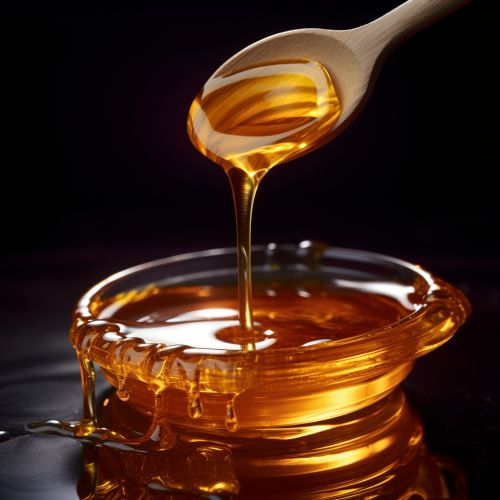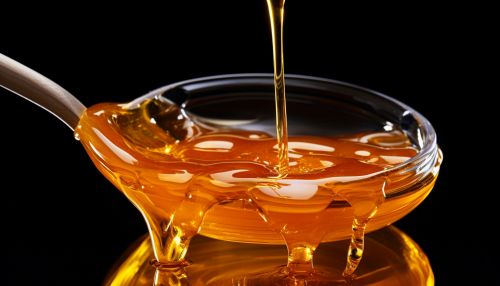Viscosity
Introduction
Viscosity is a fundamental property of fluids that describes a fluid's resistance to flow. It is a measure of the internal friction within a fluid, or, more specifically, the friction between layers of fluid as they move relative to each other. Viscosity plays a crucial role in many scientific and engineering fields, including physics, chemistry, biology, and engineering.


Fundamental Concepts
Definition
In the simplest terms, viscosity can be defined as the measure of a fluid's resistance to shear or flow. The higher the viscosity of a fluid, the greater its resistance to flow. For instance, honey has a higher viscosity than water because it flows more slowly and requires more force to move.
Units of Measurement
Viscosity is measured in units of pascal-seconds (Pa·s) in the International System (SI). However, the poise (P) is also commonly used, particularly in the field of rheology. One pascal-second is equivalent to ten poise.
Types of Viscosity
There are two types of viscosity: dynamic and kinematic. Dynamic viscosity, also known as absolute viscosity, refers to the internal friction in a fluid when it is in motion. It is usually denoted by the Greek letter μ. Kinematic viscosity, denoted by the Greek letter ν, is the ratio of dynamic viscosity to the density of the fluid.
Factors Affecting Viscosity
Several factors can affect the viscosity of a fluid, including temperature, pressure, and the chemical composition of the fluid.
Temperature
In general, the viscosity of liquids decreases with increasing temperature, while the viscosity of gases increases with increasing temperature. This is because in liquids, the increased kinetic energy at higher temperatures overcomes the intermolecular forces, making it easier for the molecules to move past each other. In gases, however, the increased kinetic energy leads to more frequent and energetic collisions between molecules, increasing the resistance to flow.
Pressure
For most liquids, the effect of pressure on viscosity is relatively small. However, for gases and certain high-viscosity liquids, an increase in pressure can significantly increase the viscosity.
Chemical Composition
The chemical composition of a fluid greatly influences its viscosity. For instance, fluids with larger or more complex molecules generally have higher viscosities because of increased intermolecular forces.
Applications of Viscosity
Viscosity is a critical factor in many scientific and engineering applications. For example, in the field of lubrication, the viscosity of the lubricant must be carefully controlled to ensure efficient operation of machinery. In meteorology, the viscosity of air affects the behavior of weather systems. In medicine, the viscosity of blood can influence the onset and progression of certain diseases.
Measurement of Viscosity
Several methods exist for measuring the viscosity of a fluid. These include the capillary tube method, the falling sphere method, and the use of viscometers and rheometers.
Capillary Tube Method
In the capillary tube method, the fluid is allowed to flow through a narrow tube under the influence of gravity. The viscosity is then calculated based on the flow rate and the dimensions of the tube.
Falling Sphere Method
The falling sphere method involves dropping a sphere through the fluid and measuring the time it takes to fall a certain distance. The viscosity is then calculated using Stokes' law.
Viscometers and Rheometers
Viscometers and rheometers are instruments specifically designed to measure the viscosity of fluids. They work by applying a known force to the fluid and measuring the resulting flow or deformation.
